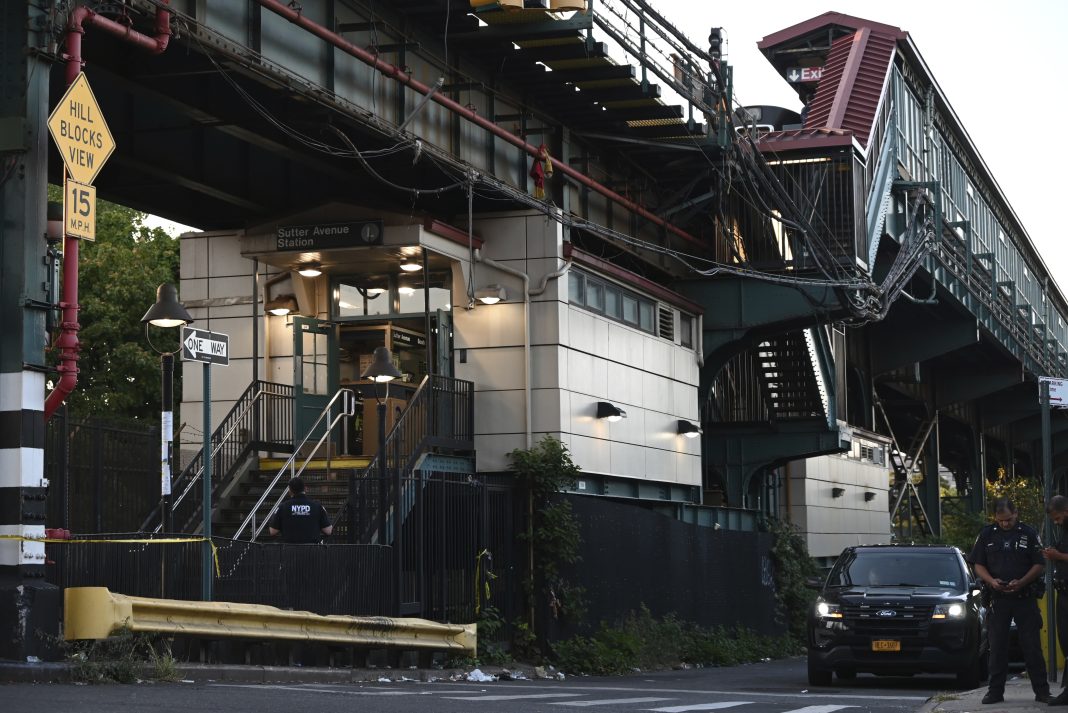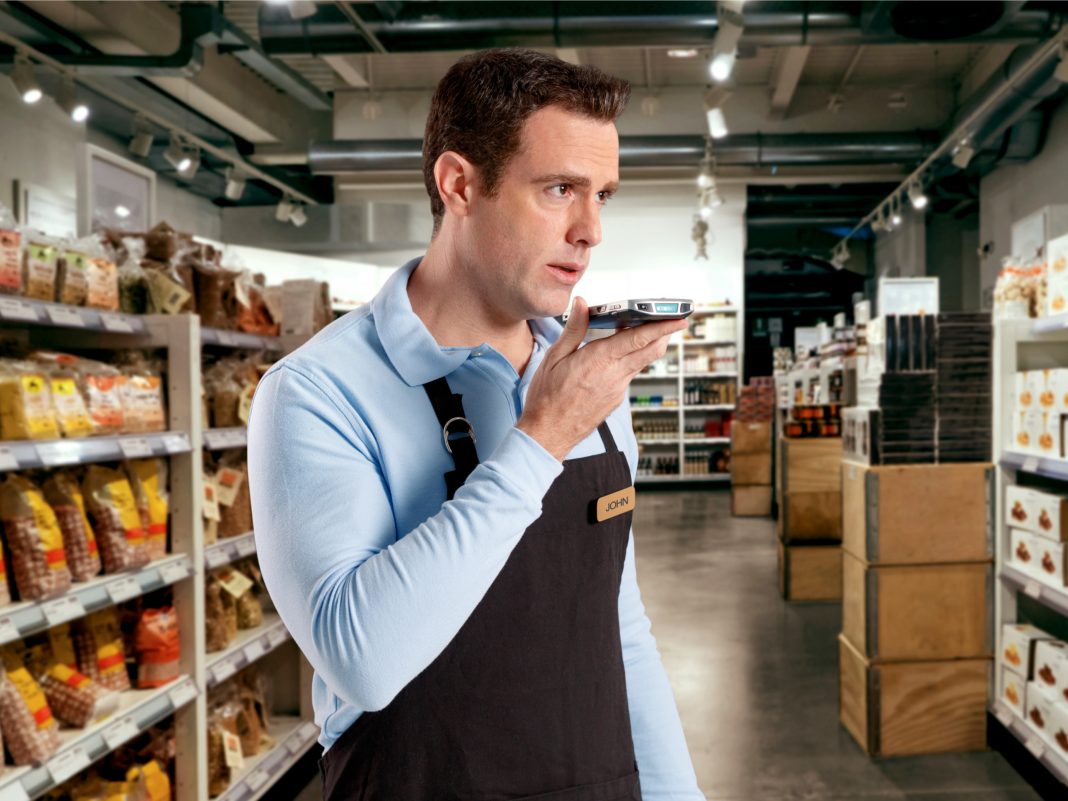Safety and Security in Mayor Eric Adams’s New York: A Closer Look at the Recent Subway Shooting
Introduction:
On September 15, 2024, a subway station in Brooklyn, New York, became the site of a tragic incident. Four people, including two bystanders and an NYPD officer, were shot after two police officers opened fire on a suspect who had allegedly evaded paying his fare and was armed with a knife. This incident raises questions about the approach to safety and security in Mayor Eric Adams’s New York, where poverty-related issues are often met with policing and state-sanctioned violence.
The Subway Shooting and Policing:
At around 3 p.m. on Sunday, a 37-year-old man evaded paying the subway fare at the Sutter Avenue stop in Brownsville, Brooklyn. Two police officers pursued him up three flights of stairs and confronted him on the station platform. The man pulled out a knife, leading both officers to open fire, injuring the suspect and two innocent bystanders. One of the officers was also hit by friendly fire. The incident highlights the consequences of flooding the subway system with armed police officers who are prone to violent escalation.
The Adams Administration’s Narrative:
Mayor Eric Adams’s administration has framed this incident within its ongoing narrative about rampant subway crime, using it to justify increased policing. However, the shooting serves as a reminder that responding to poverty-related “crimes” like fare evasion and panhandling with deadly force is not a solution. It is crucial to question the necessity of excessive policing in such situations.
The Surge in Police Stops and Confrontations:
Under Mayor Adams, the number of police stops and confrontations has surged. Despite evidence debunking the effectiveness of broken windows policing, the NYPD has recommitted to harassing poor and unhoused New Yorkers, particularly people of color. In 2023, the NYPD recorded more stops than it had in nearly a decade, with 89 percent of those stopped being Black and Latine individuals. Increased stop activity has not led to improved public safety but has resulted in a rise in complaints of police misconduct.
The Racial Disparity in Fare Evasion Arrests:
A staggering 93 percent of riders arrested for subway fare evasion were Black or Latine. While fare evasion does deprive the transit system of revenue, the budget problem does not require hundreds of armed police officers as a solution. Overtime pay for police in the subways has skyrocketed, while NYPD misconduct settlements have cost the city millions of dollars. This allocation of resources raises questions about the effectiveness and prudence of relying on policing to address fare evasion.
The Need for Fair Fares and Social Services:
A Community Service Society study found that 30 percent of low-income New Yorkers often struggle to pay subway or bus fares. Expanding and making the existing half-price Fair Fares program more accessible should be a priority. Funneling more money into police coffers while cutting budgets for social services only perpetuates a cycle of desperation and further justifies calls for increased policing. Allocating the $150 million spent on catching fare evaders to provide free fares for poor New Yorkers would be a more effective use of resources.
The Political Economy of Carceral Punishment:
Addressing the deeply entrenched political economy of carceral punishment in New York and across the country requires more than just fiscal sense. Treating poor people, particularly Black people, as sources of fines or bodies to fill jails and prisons perpetuates a system that prioritizes punishment over addressing the root causes of poverty. Incidents like the subway shooting on Sunday are a reflection of the violence that pervades everyday city life when it is swarmed by police.
Conclusion:
The recent subway shooting in Brooklyn raises important questions about the approach to safety and security in Mayor Eric Adams’s New York. It highlights the consequences of flooding the subway system with armed police officers and the need to reevaluate the reliance on policing to address poverty-related issues. By prioritizing social services, expanding programs like Fair Fares, and addressing the underlying causes of poverty, the city can work towards a more equitable and safe public transportation system.


